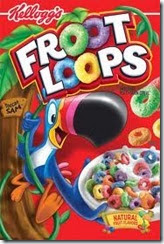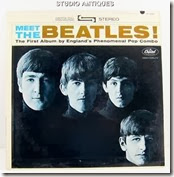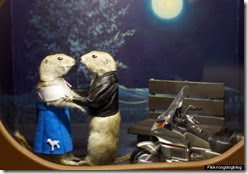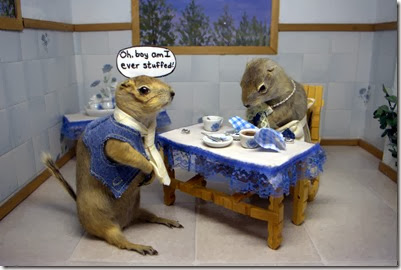A few weeks ago, as we watched the opening ceremony of the Olympics, I noted an odd couple representing Dominica. Odd because they were not Dominicans. And odd that Dominica – which is an island in the Caribbean – would have a cross-country ski team.
Granted, Jamaica has bob sledders, and sometimes athletes with only tangential relationships to a country do end up on that country’s Olympic team, since the competition is less stiff for the slots than it is in big-deal Olympic countries… But I still found it a bit odd.
[Gary] Di Silvestri and [Angelica] Morrone, you may recall, traveled to Sochi bearing the flag of Dominica, an island in the Lesser Antilles region of the Caribbean. This may seem odd, since Gary's a native of Staten Island, Angelica's an Italian national, and they live in a mountain palace in Montana. But then, Dominica is the sort of country that tries to sell you "economic citizenship" on its website. Any married couple from anywhere can become Dominicans by depositing $175,000 "into the appropriate account at the National Commercial Bank of Dominica," and paying the Ministry of Finance another $3,530 in tariffs and fees. Di Silvestri and Morrone just went one better by finagling their way onto the nation's previously nonexistent winter Olympics team. (Source: Deadspin)
According to his LinkedIn profile -
A successful asset manager and investment banking executive, Gary di Silvestri transitioned from his role as the chief investment officer of Deutsche Suisse Asset Management to pursue a career as a professional athlete.
Well, good on him. Sort of. But most folks don’t start pursuing careers as professional athletes in their late 40’s. As for professional cross country skiing, I suppose if you’ve already made your nut, you don’t have to worry about making your living as a pro. But just how many people actually make a living as professional cross-country skiers, which seems like such a nice Sunday afternoon, mom-dad-and-the-kids-at-the-country-club kind of sport?
Not to mention that, just because you say you’re pursuing a career as a professional athlete, doesn’t mean you’re actually doing it.
Anyway, it appears that the di Silvestris were more about the publicity and Olympic-sized ego trip, rather than the grueling effort that true Olympic athletes put into it.
Neither was expected to ski onto a podium in Sochi, but their showing makes a great case for closing the eligibility loopholes that allow moneyed pranksters to dress up as Olympians. Morrone—listed at 48 years old, which would have made her the oldest Olympic cross-country skier of all time by seven years—didn't even show up for the 10K women's classic on Feb. 13, claiming injury. (She was the only one of the race's 76 entrants who didn't start.) A day later, in the 15K men's classic, di Silvestri, 47, made it out of the starting gate but gave up just a few hundred meters later, claiming illness. He was reportedly the only starter who failed to make even the first checkpoint.
There is certainly plenty about the Olympics that’s bogus and farcical.
It did help eliminate some of the bullshit when they finally started allowing professional athletes to compete, given that some countries (e.g., those that were part of The Evil Empire) were putting professional athletes out there for years.
Having amateurs out there was the ideal. That’s what made it so exhilarating when “our boys” – the college kids – beat the Russkies in the Miracle on Ice at Lake Placid in 1980. But commercialism being commercialism, television being television, and etc. being etc., it’s no wonder that the Olympics went fully pro.
Something’s, no doubt, been lost. As in you probably won’t have a colleague who tries out for the Olympic biathlon team, or a colleague who was on the team in pairs ice skating.
It was fun working with Bob and John and actually knowing someone who was or who might be an Olympian.
But that was then, and this is the almighty-dollar now.
Anyway, I’m not all caught up on the purity of the hallowed Olympics.
That’s entertainment; that’s big business.
Still, it seems a bit shoddy that faux athletes could buy their way in just for purposes of self-aggrandizement.
Don’t people have any shame anymore?
There’s certainly no disgrace to being the Olympic athlete who places last. But to have bought your way in when you have no business whatsoever being there?
What an insult to the real athletes – amateur or professional – who busted their asses for years preparing to compete.
Tawdry, tawdry, tawdry.
What a couple of posers.









